
JILL SILVERMAN VAN COENEGRACHTS, FOUNDER JSVCprojects

UNAPOLOGETIC CONTENT.

BEHIND THE SCENES:
ESTHER SHALEV-GERZ,
KING & KING
A new sculpture
Installed in the United States

BEHIND THE SCENES:
SAVE THE DATE
BAD+
July 6-10 2022
HANGAR 14

BEHIND THE SCENES:
LINDA KARSHAN
Backstage filming ‘Two Feet Walking’
By Ishmael Annobil, Filmmaker
In response to the architecture of Murray Edwards College
Cambridge University
8th April 2022

A WALK IN MY LIBRARY:
HELMUT FEDERLE

BEHIND THE SCENES:
BENEDICTE DELAY WITH JASON BUTLER
‘ONE ON ONE’
Exhibition at ArtHouse Jersey
14 April – 2 May 2022

NATURE NOTES:
HELLO TO SPRING, PARIS

BEHIND THE SCENES:
A WALKED DRAWING, ‘TWO FEET WALKING’,
By Linda Karshan
In collaboration with Filmmaker, Ishmael Annobil
In response to the architecture of Murray Edwards College,
University of Cambridge
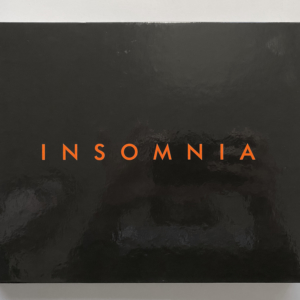
BEHIND THE SCENES:
ISHMAEL ANNOBIL, 'INSOMNIA'
Coming soon at L'Interstice, Arles
Opening on April 15, 2022

BEHIND THE SCENES:
JASON BUTLER, ‘ONE ON ONE’
Launch new ArtHouse exhibition space
Jersey, England

BEHIND THE SCENES:
ART & LANGUAGE, "THESE SCENES", 2016
Acquired by Centre Pompidou

BEHIND THE SCENES:
ESTHER SHALEV-GERZ
Bauhaus-Museum,
Weimar, Germany

BEHIND THE SCENES:
LOSING DAN GRAHAM
1942-2022
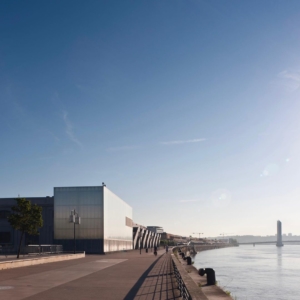
BEHIND THE SCENES:
THE DEVELOPMENT OF BAD+
BORDEAUX + ART + DESIGN
New dates: July 6-10 2022, at HANGAR 14

BEHIND THE SCENES:
2000 THANK YOU NOTES
7 February 2022

BEHIND THE SCENES:
NEW SPACE FOR JSVCPROJECTS

BEHIND THE SCENES:
ROBERT STONE
Debut with Haines Gallery at FOG Design + Art 2022
San Francisco, CA

BEHIND THE SCENES:
MISCHA KUBALL
nolde / kritik / documenta
A project by documenta archiv, Draiflessen Collection and Mischa Kuball
NEW DATE: FALL 2022

UNAPOLOGETIC CONTENT.

HAPPY NEW YEAR 2022!
WARM WISHES AND NEW ADVENTURES
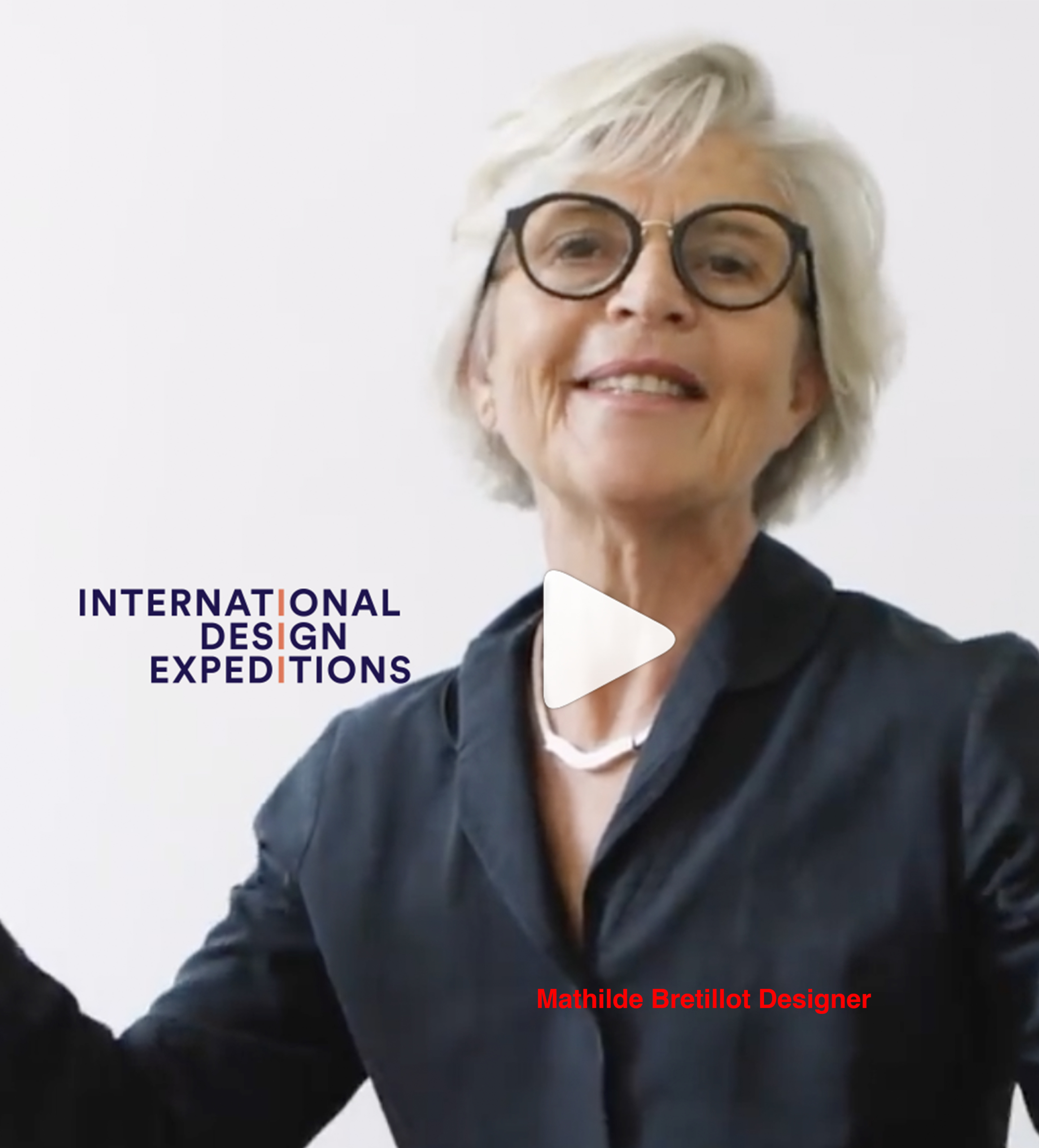
BEHIND THE SCENES:
IDE TO POLAND
A new expedition on the CERAMIC & FOOD ROUTE
Starts today in Warsaw through 3 October
August 23rd 2021
PART I
It is with great excitement that IDE TO POLAND launches today in Warsaw; the designers and experts are making their way now as I am writing this for an expedition that will be full of creative surprises and conceptual developments.
For those who have followed IDE, you will know that I am the “strategist” who is responsible for thinking out loud, about the content driven mindset underpinning IDE’s unique approach to design in its deepest social position. Call this an idealist’s vision or even mildly utopian stance.

It is safe therefore to tell you that for me it is obvious that the roots of IDE date somehow back to the late 1970’s and 1980’s when social discussions surrounding design and architecture manifested in centers like New York, London and Milan; where people believed design and architecture could have social impact, even change the world. The origins of IDE may have been planted then—in these locations where Mathilde Bretillot and Pierangelo Caramia found themselves as young designers in Milan during the heady days of Memphis; and I found myself in New York working at the infamous think-tank Institute for Architecture and Urban Studies, while Miska Miller-Lovegrove made the risky journey away from Warsaw to London’s Architectural Association School of Architecture.

These early trips away from home comforts aimed towards a new reckoning with what design and architecture could do under extreme circumstances; it seemed at that time to offer up unique and creative possibilities to real problems. Such beginnings remain lodged calmly at the heart of IDE’s work with young designers today taking these ideas forward.
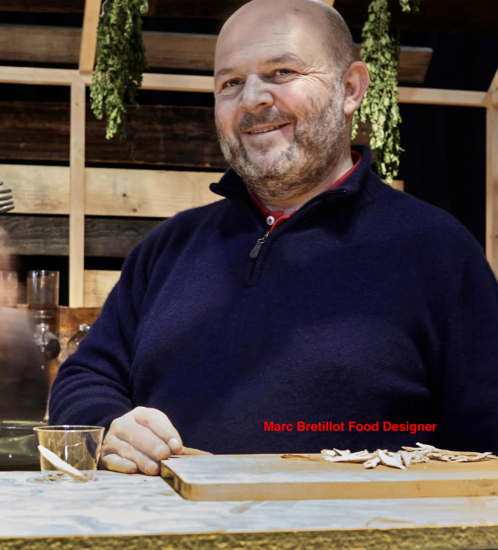
PART II
I was looking this morning for a text by Ettore Sottsass as a case in point and found his 1949 piece, “The Significance of Standard” where he says:
“Entire civilizations that have flourished over centuries and centuries in the distant past used the same forms, the same materials, the same colours and the same decorations for furnishings, fabrics and all kinds of products, with such rigor, insistency and precision that archaeologists have no trouble in understanding the age of a find from even the tiniest remnant discovered in a stratum of earth.”

“The ancients were defined by and had no fear of defining themselves through a few forms that, having come into being goodness knows how and having been experimented upon for centuries, endured and held good for more centuries again. In a few forms those people marked the sense of their civilization and were satisfied with that, leaving the costly and dangerous game of expressing new and profound things to a few great artists.” “But now, instead, our civilization must be an achievement of democracy. With the aid of machines this civilization wants to construct pure and simple symbols. These symbols that can be easily and miraculously replicated by machines must come into being, live and hold good as a sign of a gigantic new union of men and women in a sole faith: that of a new society.”
PART III
So then what is IDE?
International Design Expeditions AISBL is a non-profit organisation with a mission to develop a new design language that puts the history of terroir and local savoir-faire in the heart of new creativity. Highlighting direct local narratives that provide a basis for innovative designs solutions and new prototypes production, the IDE principle of Haute Collaboration involves designers and makers in a new virtuous economic model.
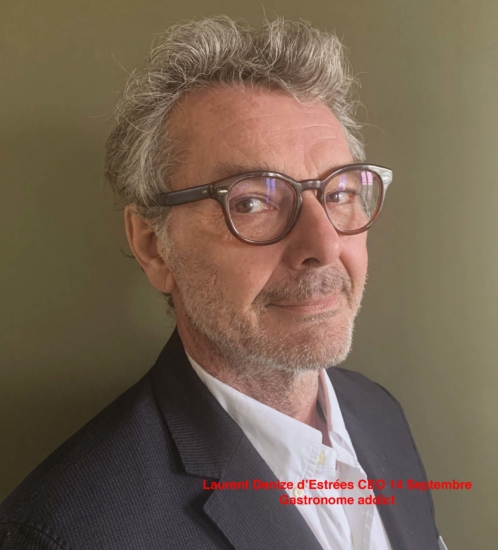
CERAMIC & FOOD ROUTE puts in place an ambitious expedition program in situ and in real time, making a new pilgrimage route between international territories joining all the creatives (designers, chefs, architects, artists, artisans, manufacturers, design students, strategists) in a jazz-like model of improvisation and unedited making to create together a practice of co-creation where conception and production are simultaneous. Designers and partners (Food Designer Marc Bretillot is the expert here for culinary discoveries with local ingredients) are chosen to participate in this extreme choreography (a six-eight week residency in situ) where the lively working process is in the moment, in the experience of real time, immersive and intuitive. Adopting a farm to table model, IDE brings new forms, based in a deep connection to “terroir” like wine, into the world through mingling creative energies and new conversations. Why Poland you might ask. Without having the tools of a historian or social anthropologist or even the history of art and design from this very fertile area, IDE is conscious in a way of the very rich ground upon which we are planting ourselves, to cook up something new and magical. Pulling up some of the long-ago-planted and even long-ago-lost roots that will add power and efficacy to the new ceramic forms and special recipes that shall be uncovered. On this day of the launch, we are all looking forward to seeing what new and radical proposals might take root in this fertile landscape.

PART IV
For over 1000 years Poland has been at the centre of cosmopolitan life, in the crossroads North to South, East to West of Central Europe. From the Middle Ages until today it has been a sweeping history of social, religious and political diversity. A thousand years of coexistence, cooperation, rivalry and conflict, autonomy, integration and assimilation—all of which has left traces of physical materials, pottery, textiles, recipes, raw agricultural ingredients, architectural styles; a myriad of colours and textures brought together from the four corners of Asia Minor, the Middle East, Europe and the Nordic regions, carried first by peoples on foot, then with their possessions strapped on horseback, later piled in carriages, or later on trains, eventually in automobiles and trucks and now also in planes which still criss-cross the area, which is this largest landmass in the heart of Europe.

Trade routes continued one century after the next, bringing products and goods through periods of thorny conflicts, or through alternating bright chapters of common history, where religious communities and peoples from different origins lived peacefully together sharing and evolving their arts and crafts and developing eventually new regional styles. Poland offers a unique history of middle Europe through its artefacts and objects, and through the contemporary designers and artisans today who are interested in revisiting some of these deeply held traditions. Accidentally Poland has had the advantage of being out of the centre and in many parts not affected by certain of the levelling and homogenizing aspects of globalisation that might involve such things as large-scale farming with pesticides; or mass production of housewares. There is currently a new generation of young farmers, chefs, designers, makers and artists looking back to a slower more locally sourced positions—searching out new forms rooted in the “terroir” itself.
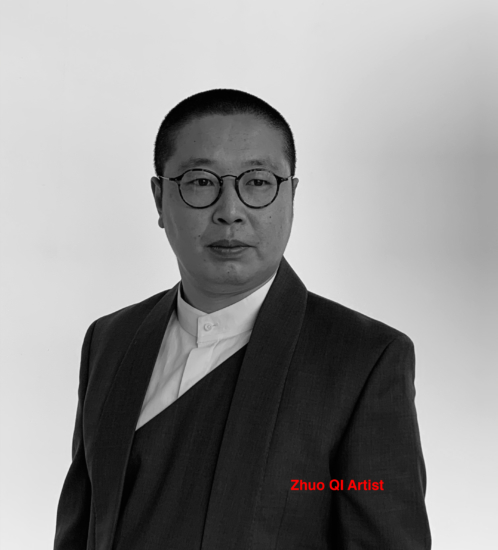
PART V
IDE has come to understand through its Ceramic & Food Route projects, that every object is important and fills a gap in memory—personal memory as well as collective memory. Through this virtual community of Eastern and Central Europe there are over 1,900 cities, towns, villages located within the historic borders of Polish-Lithuanian Commonwealth spanning the territories of today’s Poland, Lithuania, Belarus, Ukraine, Latvia, Estonia, Russia and Moldavia. Each population centre has its own stories to tell, family traditions, manufacturing specialities, culinary highlights, recipes and festive occasions galore.
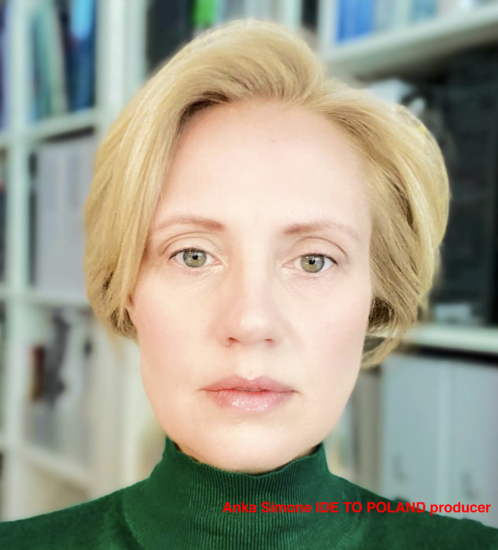
The excitement of seeing this history and these personally evolved habits that make Poland its own alphabet of experience—through new eyes, new design impulses, new awareness—will bring the magic into the kitchen and ceramic studios to create a new vision of this very old culture and its objects. With the warmth of a family’s historic hearth and wood burning oven, to the most contemporary updated revision of ancient delicacies through experimentation and daring re-interpretation. This is IDE TO POLAND, CERAMIC & FOOD ROUTE, an adventure in the end having food on the table in vessels and platters that have evolved from 1000 years of history.
More info:
IDE TO POLAND in collaboration with @creativeprojectfoundation
Part of CERAMIC & FOOD ROUTE
Co-produced with: @fondationmartell
Designers: @goliathdyevredesign @argot_studio @zhuo.qi
Co-creative direction: @mathildebretillot @miskamillerlovegrove
IDE experts: @jsvcprojects #marcbretillot @pierangelo.caramia @laurentdestrees
Producer: @ankasimone
Sponsors and Partners: Adam Mickiewicz Institute @culture_pl
Institut Français de Varsovie @if_officiel @institut_francais_de_varsovie @raffleseuropejski @autor_rooms
Polish Vodka Museum @polishvodkamuseum
Food: @restauracjaepoka @antoniuscaviar
Academic: @schoolofform
Ceramists: @majolika_nieborow @dominika_donde @moskoceramics
Communication: @14septembre
Video: @antilope.tv
Media partner: @kukbuk_official
